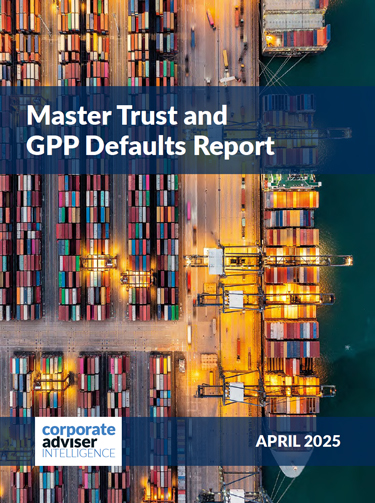The Government needs move forward with pension reforms in order to address “concerning trends”, particularly in regards to retirement adequacy, according to the Pensions Policy Institute.
Its comments comes as the PPI publishes the 10th edition of The DC Future Book, in conjunction with Columbia Threadneedle Investments. This sets out how the pensions landscape has been transformed over this period — while also projecting likely trends for the future decades.
“The industry needs support from Government to carry forward pension risk-mitigation moves,” the PPI concludes.
Statistics in this report set out that rapid rise of DC and decline of private sector DB schemes over this past decade. There are now 14m active members in DC schemes, compared to just 5.6m a decade ago. This include 11.1m who now save via auto enrolment with 9.2m members in master trusts. A decade ago this master trust figure stood at just 3.9m.
However the PPI also highlighted that there are growing numbers who are not included within AE, including the rising number of self-employed and freelance workers, as well as those who work multiple jobs, but each salary falls below the earnings trigger for AE. Ensuring AE contributions cover the first £1 of earnings would address this. The last government brought forward legislation to bring about this change, but it has yet to make it onto the statute books.
The PPI says this is not the only concern when it comes to pension savings. The Future Book shows the shift that has occurred from annuity purchase at retirement to drawdown. Although annuity sales have increased recently, due to more favourable pricing, numbers are still significantly down when compared to 10 years ago (falling from 189,000 sold a year to 72,000). At the same time the number of people in drawdown has more than doubled from 40,000 to 100,000.
Evidence suggests that more people have accessed their pensions early since the cost of living crisis. The PPI says while much of the focus of the past decade has been on accumulation, there needs to be more attention given to how the industry, with government support, can help members meet the various challenges around decumulation.
Others figures in the book show that DC schemes now have £650bn in aggregate assets, up from £364bn 10 years ago.
Looking ahead the PPI forecasts that at current savings rates the median DC pot will stand at £70,000 by 2044, compared to the current value of £44,000.
PPI policy researcher Shantel Okello, says: “The past decade has seen remarkable shifts in the DC pensions landscape, with increased individual responsibility and exposure to risk.
“As we look forward, it is becoming increasingly important to develop policies and strategies that support members in navigating these changes and securing positive retirement outcomes. Technological advancements and innovative investment approaches will play a key role in shaping the future pensions landscape.
“The transfer of responsibility and risk from employers to individual members has accelerated, driven by the closure of private sector DB schemes and the corresponding rise in DC schemes. DC members now bear greater responsibility for their retirement security and are put in a position where they need to make decisions about accessing pension savings which will significantly affect their retirements.
“As a result, efforts to mitigate risks associated with DC saving and access are intensifying. Policy changes such as the Value for Money Framework, pensions dashboard, and small pot consolidator models aim to address inefficiencies within DC pensions but each of these initiatives places an onus on industry to adapt and develop, which must be supported by Government, while ensuring costs for members don’t rise unduly.”
She adds: “The pensions industry and regulators are increasingly focused on improving investments to enhance DC member outcomes. While initial efforts concentrated on cost efficiency post-automatic enrolment, there is a gradual shift from traditional equity and bond portfolios to alternative assets, including illiquids and private markets.
“Government calls for higher investment in private equity and other productive assets are likely to result in greater use of private markets. These moves will need to be carefully handled in order to ensure that schemes still put the needs of their members at the forefront and that market supply issues don’t cause scarcity.”
Chris Curry, Pensions Policy Institute director, said: “A decade is a very long time in pensions. Back in 2015 we were talking about the implementation of Freedom & Choice, the introduction of the new state pension and the ending of contracting-out. We have seen progress made in some areas around cost, value and simplicity and defaults but we are still as an industry grappling with challenges that are faced by DC pensions.”





